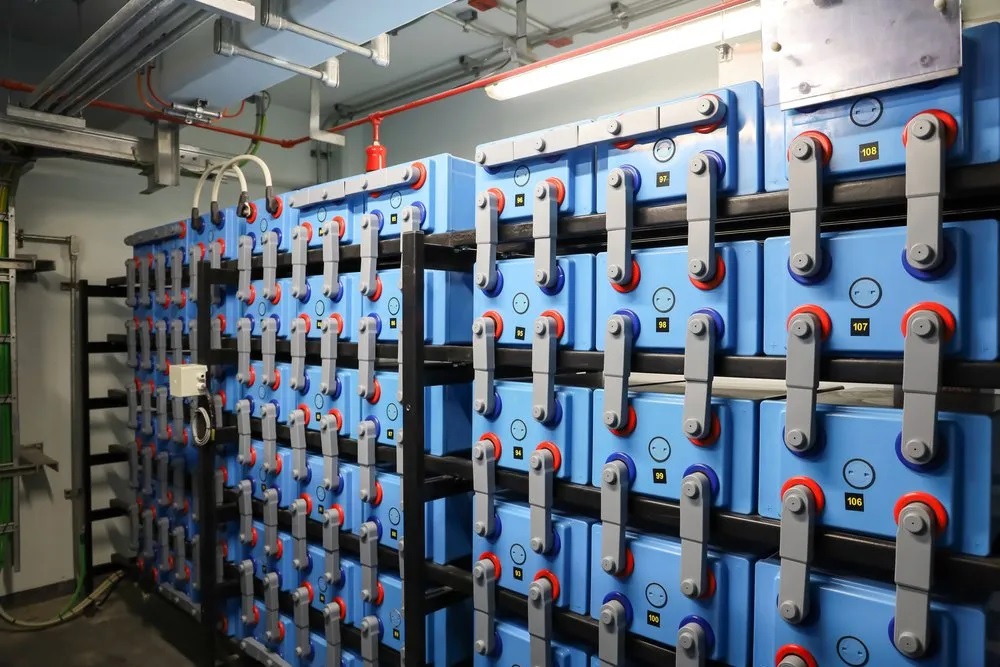UPS systems are designed to provide uninterrupted power during electrical failures, but like any technology, they can encounter issues—often related to the batteries. Here are common problems and solutions for UPS battery issues。
1. Battery Not Charging
- Check Connections: Loose or corroded connections can prevent the battery from charging properly. Inspect and clean the terminals and tighten any loose connections.
- Inspect the Charger: If the UPS battery isn’t charging, the issue may lie with the charger or the charging circuit. Test the charger with a multimeter to verify proper voltage output.
- Battery Age: Older batteries may lose the ability to charge efficiently. If the battery is nearing the end of its lifespan, replacement is likely the best solution.
2. Frequent Battery Discharges
- Check for Power Issues: If the UPS frequently switches to battery mode, check for power fluctuations or unstable voltage in your electrical system.
- Reduce Load: Overloading the UPS can cause frequent battery discharges. Ensure that the connected devices do not exceed the UPS’s rated capacity.
- Test Power Source: Frequent discharges might indicate a problem with the main power source rather than the UPS itself.
3. Reduced Battery Runtime
- Battery Age and Condition: Over time, UPS batteries lose their ability to hold a full charge. If the battery runtime has decreased significantly, replacement may be necessary.
- Temperature Issues: High operating temperatures can reduce battery capacity and shorten runtime. Ensure the UPS is located in a temperature-controlled environment.
4. Battery Overheating
- Ventilation: Ensure the UPS is placed in a well-ventilated area, away from heat sources. Poor ventilation can cause batteries to overheat, reducing their lifespan.
- Fan Maintenance: If the UPS has an internal cooling fan, check that it’s functioning properly. Dust and debris can cause the fan to fail, leading to overheating.
5. Inconsistent Power Output
- Battery Calibration: If the UPS is delivering inconsistent power, perform a calibration. This process involves fully discharging and recharging the battery to reset the internal settings and improve accuracy.
- Battery Replacement: Inconsistent power output can also be a sign of deteriorating battery health. If calibration doesn’t fix the issue, consider replacing the batteries.
By addressing these common issues, you can extend the life of your UPS system and ensure its reliability when power disruptions occur.


